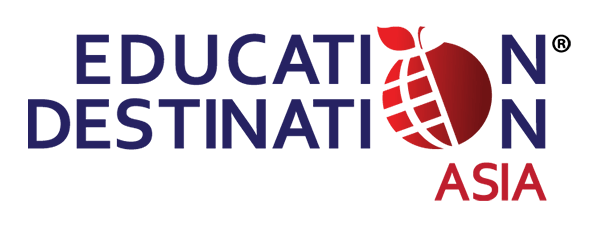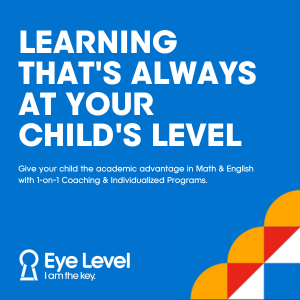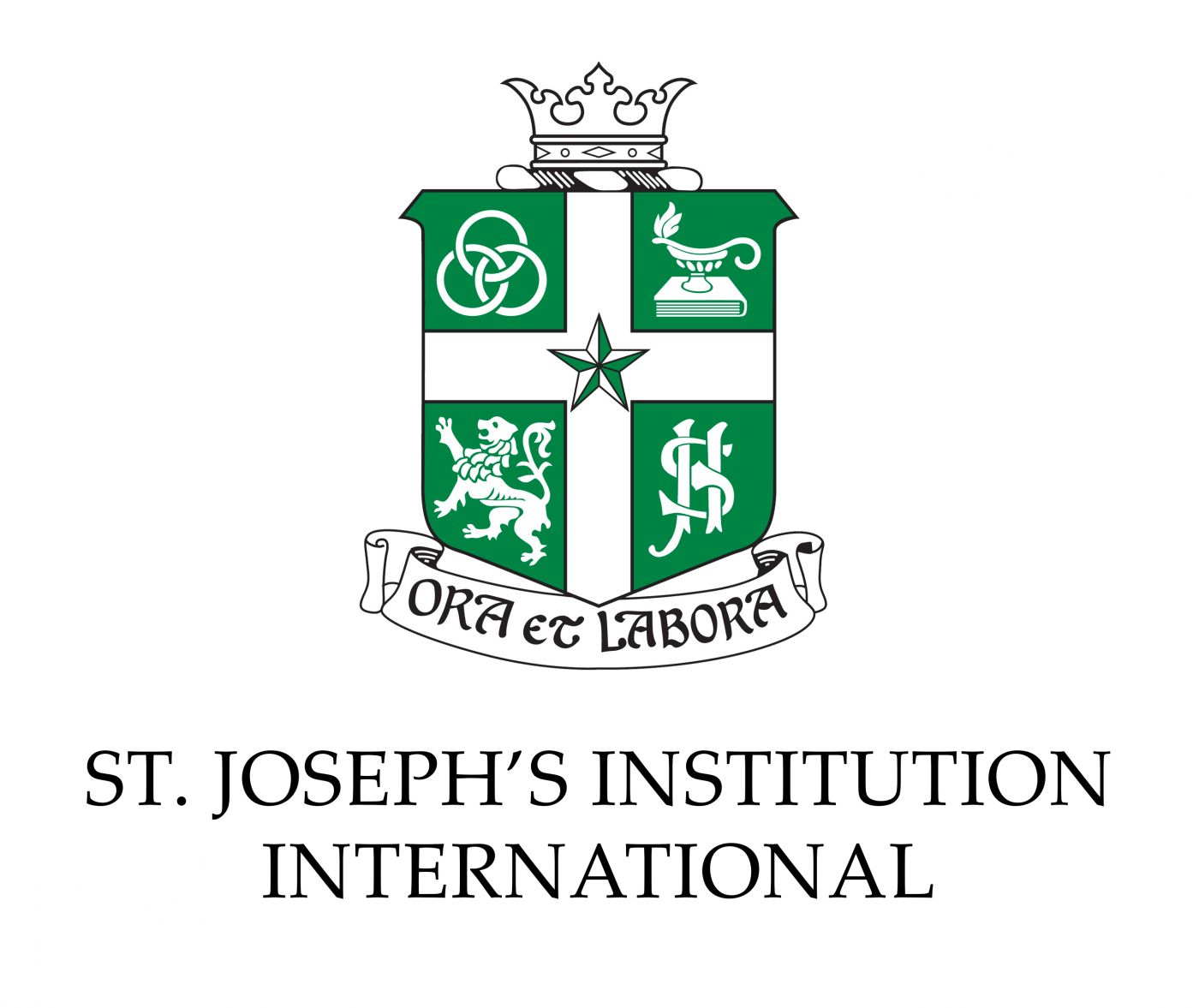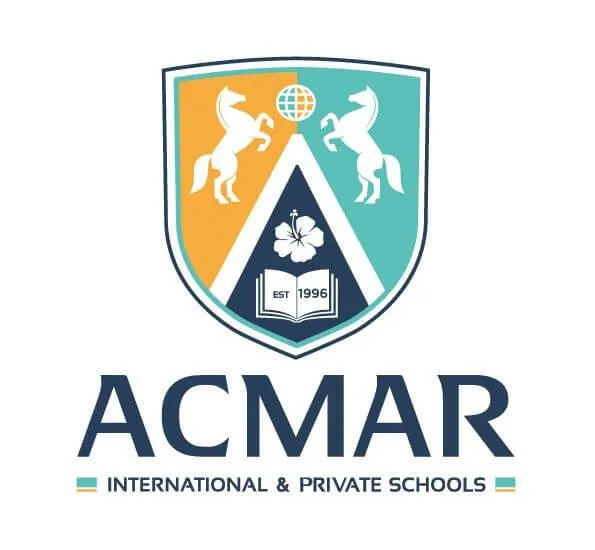International schools in Malaysia were originally established to educate students of expatriates. However, the growth of the local middle-class and changes in education policies have contributed to an increase in the number of Malaysian students in international schools.
Since 2012, when the enrolment cap on local students in international schools was lifted, there has been a significant increase in the number of Malaysian families enrolling their children in international schools. Most of these children begin their education at preschool and then move on to higher levels, while some students enrol at international schools only for their secondary education.
Here are the types of international curricula offered in Malaysian international schools.

1. American
The American Curriculum is a rigorous, standards-based system that aims to educate the learner and prepare him for a successful future.
There are six accreditation authorities for the American Curriculum including the Middle States Association of Colleges and Schools (MSACS), and the Western Association of Schools and Colleges (WASC). All subject content must abide by the Common Core State Standards or the AERO Common Core Plus Standards. American international schools can design their curriculum based on standards that are relevant to their host country. These standards serve as a guide for teachers to ensure students are moving in the direction to meet benchmarks set for each subject.
The American Curriculum is divided into three stages: Elementary School, Middle School and High School. In Elementary School, students aged 4 to 11 move from Kindergarten to Grade 5. Students aged 11 to 14 progress to Middle School which covers Grade 6 to Grade 8. They then move on to High School until the age of 18 to complete Grade 9 to Grade 12. The core subjects at each level are English language, arts, mathematics, science and social studies. In addition, students are exposed to visual and performing arts, foreign languages, physical education and technology.

2. Australian
The Australian Curriculum is a rigorous and holistic programme for students from Foundation to Year 10 who then go on to complete the New South Wales Higher School Certificate (HSC).
The Australian Curriculum aims to mould learners to be competent, well-functioning and communicating adults as well as prepare them to take their place in tertiary study or the workplace. In addition, the curriculum revolves around seven general capabilities which are intercultural understanding, literacy, numeracy, ICT capability, critical and creative thinking, personal and social capability, and ethical understanding.

3. British
The National Curriculum of England which is sometimes referred to as the British curriculum is divided into year blocks called Key Stages (KS). Learners are formally assessed at the end of each KS. The first KS is Early Years for learners ages two to five followed by the primary level called the KS1 (Ages 5 to 7) and the KS2 (Ages 7 to 11). Secondary levels consist of KS3 (Ages 11 to 14) and KS4 (Ages 14 to 16). At the pre-university level, learners ages 16 to 18, go through KS5. The KS help teachers to have an overview of a learner’s academic progress.
Learners taking the British curriculum will sit for the IGCSE examination at the end of KS4 and A Levels at the end of KS5. It is worth noting that both IGCSE and A Levels are recognised worldwide. Many international schools in Malaysia offer a British-based curriculum following the National Curriculum of England.

4. Cambridge
The Cambridge International Curriculum was introduced by Cambridge Assessment International Education (CAIE), a globally recognised provider of international qualifications. This curriculum shapes an individual’s education from age five to 19 and allows them to focus on subjects based on their strengths and interests. Cambridge International is part of the world-renowned University of Cambridge.
The Cambridge Curriculum consists of four stages and gives students a clear path for educational success from age five to 19. These four stages of the Cambridge Curriculum are Cambridge Primary, Cambridge Lower Secondary, Cambridge IGCSE and Cambridge International AS & A Levels.
The academic progress of a learner is assessed through Checkpoints at the end of Cambridge Primary and Cambridge Lower Secondary. The checkpoints assess a learner’s proficiency and ability in English, English as a second language, mathematics and science.
5. International Baccalaureate (IB)
The IB programme has a unique academic rigour and emphasises students’ personal development. The IB programme aims to move beyond the curriculum by developing inquiring, knowledgeable and caring young people who are motivated to succeed.
The IB programme consists of four programmes which are IB Primary Years Programme (PYP), IB Middle Years Programme (MYP), IB Diploma Programme (DP) and IB Career-related Programme (CP). These programmes aim to develop people with an international mindset who recognise their common humanity and shared guardianship of the planet and seek to create a better and more peaceful world.
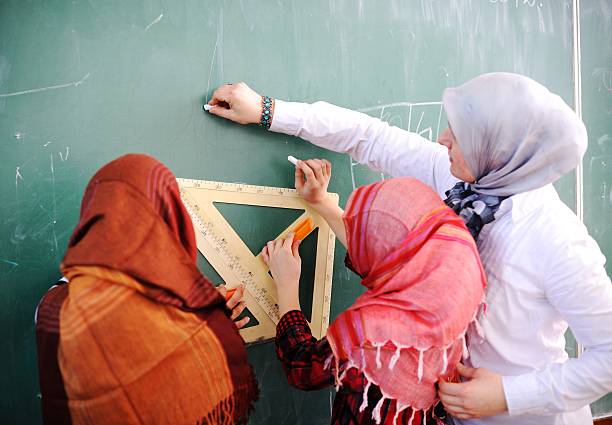
6. Islamic
The Islamic curriculum refers to the educational framework and content designed to provide a comprehensive understanding of Islam, its teachings and related subjects to Muslim students.
The curriculum aims to achieve various educational and spiritual objectives, ensuring that students not only gain secular knowledge but also develop a strong sense of faith and moral values. Students taking this curriculum will pursue Quranic studies, Hadith studies, Islamic Theologies, Islamic jurisprudence, Islamic history and the Arabic language.

7. Ontario
Created by the Ontario Ministry of Education, the Ontario Curriculum is a challenging, world-class curriculum which leads to an Ontario Secondary School Diploma (OSSD). Ontario is the largest province by population in Canada and has over two million students in five thousand schools. The OSSD is a recognised and respected international credential for entry to universities around the world.
The curriculum starts with Kindergarten which lasts about two years followed by Elementary School which covers Grades 1 to 8. From Grades 1 to 6 the focus is on building literacy, numeracy and learning skills. Subsequently, Grades 7 and 8 prepare students for High School through active participation and building a foundation in the core subjects of Mathematics, English, Arts and Social Studies. At High School, students acquire knowledge in many subjects and learn lifelong skills.
Continue reading:
• What You Should Look for in an International School
• 5 Types of International Schools in Malaysia
• Private Learning Centres Offering International Curricula





